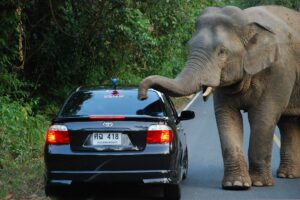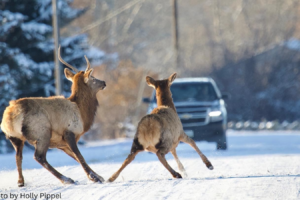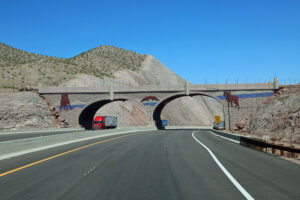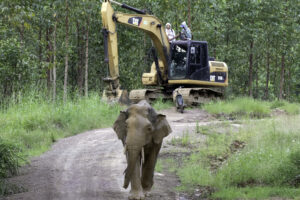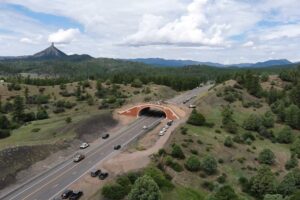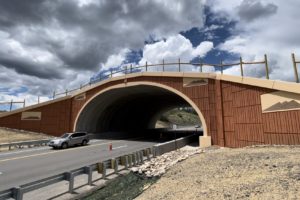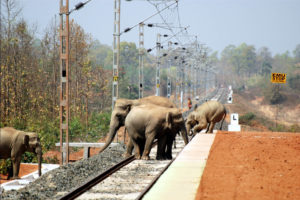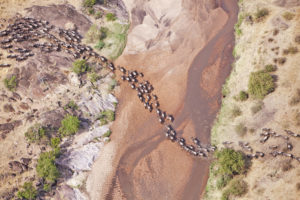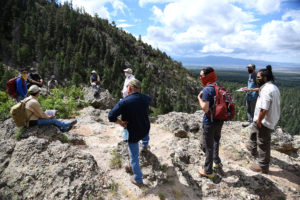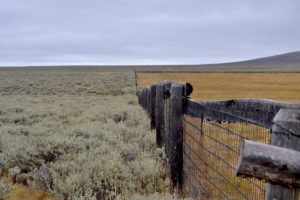New Push to Protect Endangered Asian Elephants from Roads and Railways
A century ago, an estimated 100,000 elephants roamed throughout Asia. Today, fewer than half that number of Asian elephants remain in just 13 countries. Among the reasons for this decline is the explosion of new roads, railways and other linear infrastructure across the continent. In fact, collisions with cars and trains are a leading cause of elephant mortality in India, and many more elephants are impacted by roads and railways, causing habitat loss and fragmentation.
